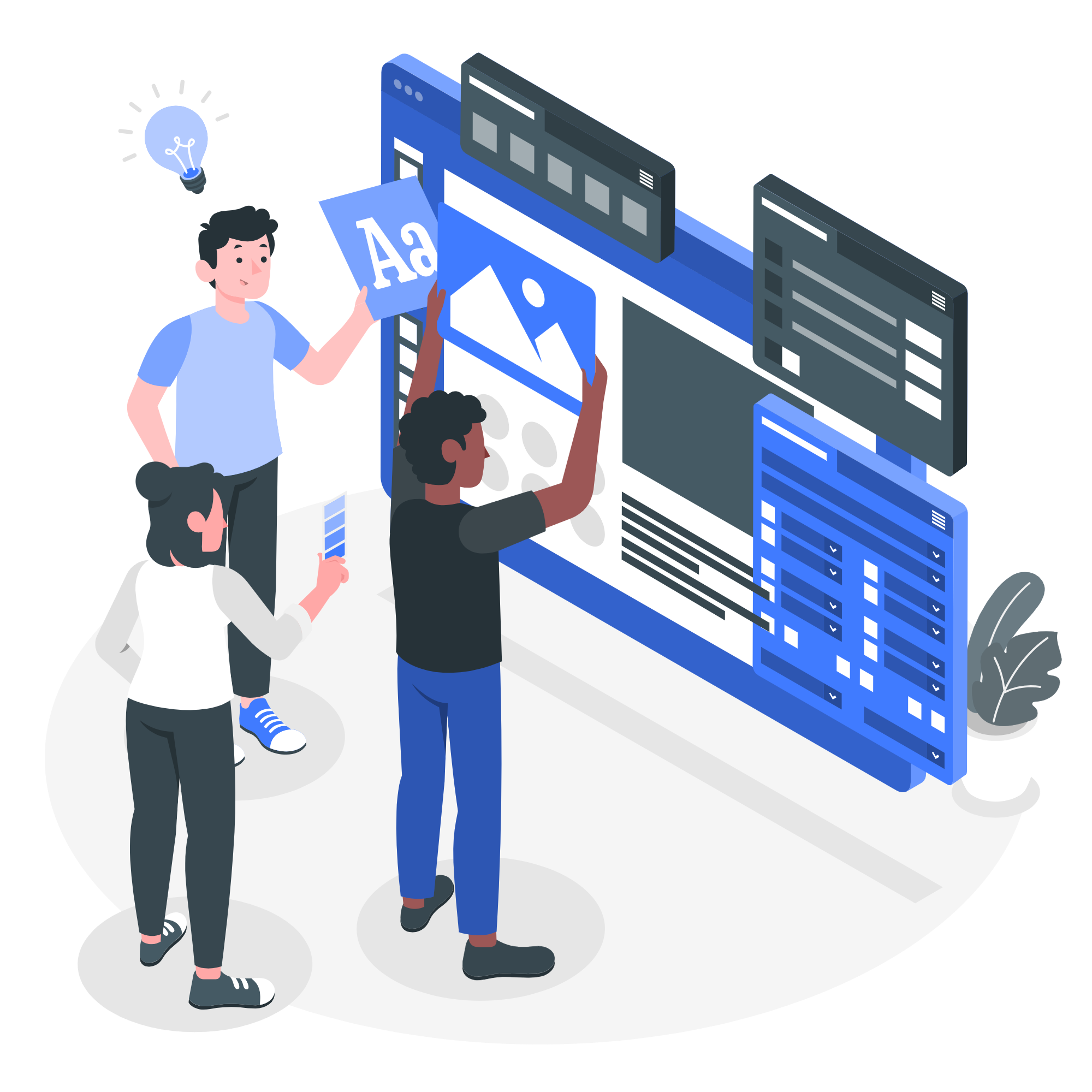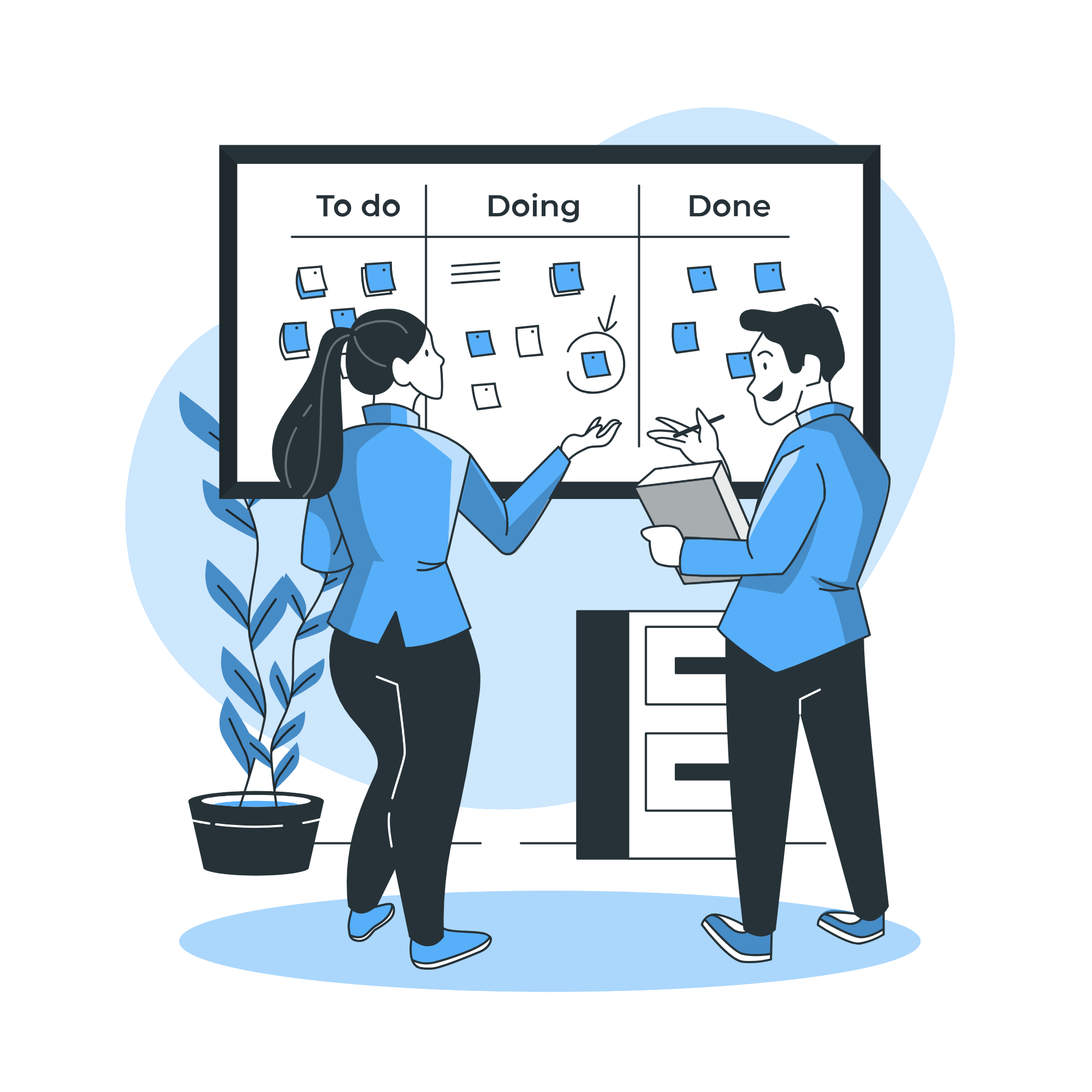
Agile Scrum Software Development Life Cycle (SDLC)
I have worked at multiple firms with a mix of Waterfall and Agile methodologies. In my most recent roles, I have focused on helping large financial organizations adopt SAFe Agile practices to enhance collaboration and drive transformation.



